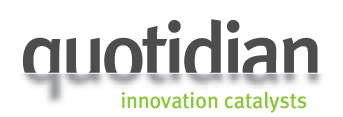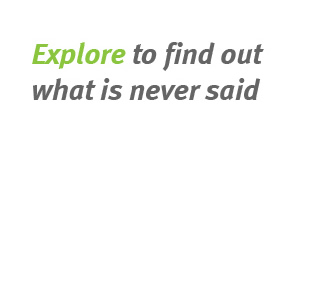 |
en | |||
|---|---|---|---|---|
| about us | our offer | our tools | pt | |
| who we are | strategy | inquiry | ||
| our approach | ethnography | dialogue | ||
| work | co-design | observation | ||
| contacts | specification | participation | home |

|
Tools | observationWe have to leave the safety of our office and enter the space of activity that we need to understand. Unlike desires that may be announced verbally, needs will only be revealed by observing life as it happens. This is important because the most innovative solutions were originated by necessity, not by desire. Desire is conscious and is based on something people are already able to articulate, while need is often "carried" unconsciously, unable to be spoken about. The key to innovation rests on observation. To observe is to assume that the mere fact of being there with the eyes wide open will reveal the hidden dimensions of those we want to serve, of which they have never been aware. There's no point in just asking them because nothing really original could be said. But contrary to what may seem, an observation is never done unintentionally and, although exploratory, is never entirely passive. The observer is always actively looking and trying to find things that might indicate a problem or an unmet need. Thus, when we observe we go with a mixed attitude of participation and expectancy. On the one hand, we have a good idea on what we want to observe and on the size of our doubt, but on the other hand, we do not know what we will find, expecting the events will take us by surprise. Here are some examples of how observation was used to bring value to our clients: Shadowing: Video Ethnography: |
